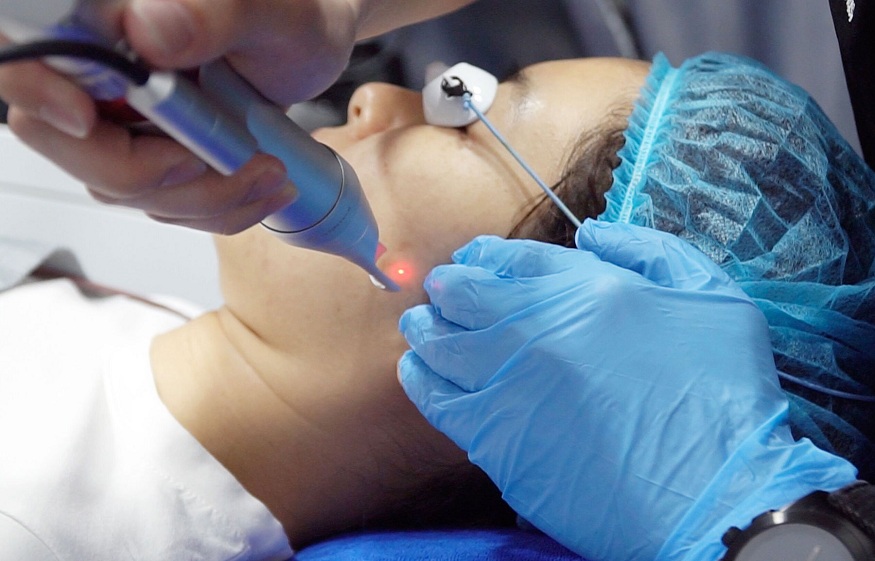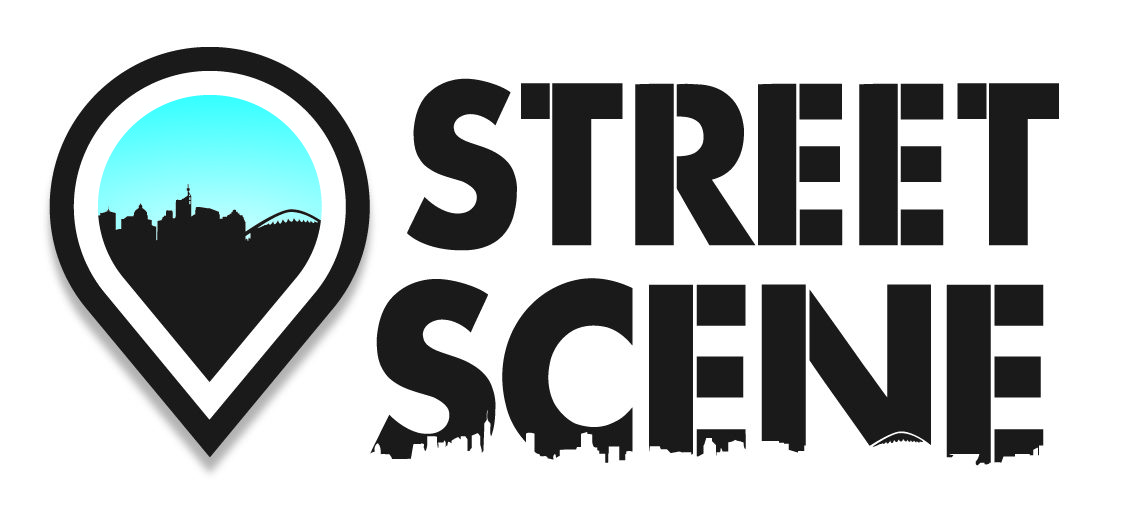
Not many people were able to predict the advances that laser technology has made over the past few decades nor were they able to foresee how widespread their medical and surgical applications would become. However, scientists and medical researchers began to seethe possibilities and the potential applications for medical laser systems like Palomar lasers.
Some of the applications that medical lasers are used for include reshaping the cornea, cleaning clotted arteries, removing unwanted hair, and whitening the teeth, just to name a few. Some of the popular types of lasers that are used in the medical field include the following:
1.Solid-State Laser
A solid-state laser is a system, which uses a crystal whose atoms are bonded rigidly. The atoms found in the crystalline host are excited by external light and produce laser light. This light is in a tight beam and might be manipulated even further, making the laser extremely versatile in different fields, including the healthcare industry.
Today, there are two common types of solid-state lasers that medical sectors use; these are Nd:glass and Nd:YAG (neodymium:yttrium aluminum garnet). Both of them use xenon or krypton flash lamps for optical pumping.
2.Dye Laser
Dye laser uses liquid, such as rhodamine 6G, sodium fluorescein, and rhodamine B, as an active medium to produce laser light. This laser is used in many medical applications and procedures. Some of them include cosmetics, lithotripsy, cardiology, laser angioplasty, thermolysis, and laser cancer phototherapy.
According to OSHA (Occupational Safety and Health Administration) and ANSI (American National Standards Institute), dye laser glasses need to be worn properly during medical procedures. It would be imperative to wear glasses that can offer your eyes maximum protection.
3.Gas Laser
Carbon dioxide is a type of gas laser, which uses infrared radiation at 10,600 nm to seal blood vessels. It also closes lymph vessels to avoid tumor cells from spreading and may seal the cut ends of nerves to prevent neuroma formation.
Argon laser is another type of gas laser with several wavelengths that range between 490 and 512 nm. This laser efficiently coagulates blood vessels and may be used in the removal of vascular polyps or lesions.
4.Diode Laser
In the healthcare setting, diode laser may create compact beams, which emit a lot of energy into a small amount of space. Popular applications of this laser are eye surgery, hair removal, ophthalmology, tattoo removal, acne treatments, liposuction, and prostate treatment, just to mention a few.
The diode laser has been serving a broad range of medical treatments for a long time and will continue to do so even in the future. If you have a medical facility and need to keep patients and physicians safe during the diode laser procedure, you have to follow precautionary measures like using protective eyeglasses.
The Bottom Line!
The possibility of using a laser to treat illnesses has been there for many years now. The special features of a laser make it better than other treatment mediums. Every medical laser is powerful and operated within a narrow wavelength. Therefore, whether you want to treat acne or remove unwanted hair, medical systems like diode laser can help you achieve the goal.

